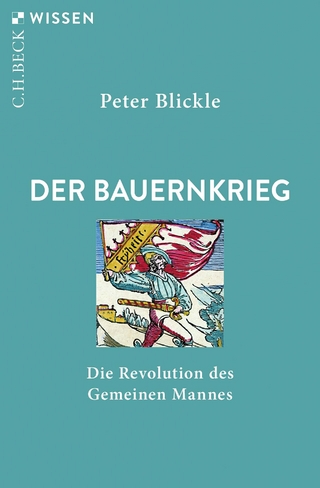Tamil Temples
Traditional and Transcultural. Thirty-Three Sketches.
Seiten
Since the middle of the 1990s, Tamil migrants have built Śaiva temples. These are based on the pattern of their South Indian and Sri Lankan homelands but with significant modifications, transformations and altered functions resulting from new circumstances and pressures to adapt to the status of an immigrant. Traditionally confined to South Asia, Hinduism is being spread world-wide by modern migration movements .As the world’s third largest religious community after Christianity and Islam, Hinduism is currently in the process of developing from a folk religion into a world religion. It is emigrant Hinduism which is primarily responsible for this epochal change. The religious metamorphosis is not taking place in India itself, but overseas. This makes expat-Hinduism an important subject of research for Indologists. The comparison of Hinduism abroad with original Hinduism in India and Sri Lanka enables predictions about possible development opportunities in the home countries.
In their book Konrad and Marion Meisig offer sketches of thirty-three Tamil Śaiva temples in India, Sri Lanka, Germany, Canada, Great Britain and Mauritius. These sketches are based on four categories of temples, depending on whether their principal deity is Gaṇeśa, Muru- gan, a goddess (Devī) or Śiva. There are three methods of presentation: text, picture and ground plan. All three are equally important. This combination will convey the comprehensive religious- historical information
In their book Konrad and Marion Meisig offer sketches of thirty-three Tamil Śaiva temples in India, Sri Lanka, Germany, Canada, Great Britain and Mauritius. These sketches are based on four categories of temples, depending on whether their principal deity is Gaṇeśa, Muru- gan, a goddess (Devī) or Śiva. There are three methods of presentation: text, picture and ground plan. All three are equally important. This combination will convey the comprehensive religious- historical information
| Erscheinungsdatum | 11.09.2024 |
|---|---|
| Reihe/Serie | Beiträge zur Indologie ; 52 |
| Zusatzinfo | 637 ill., 1 tables |
| Verlagsort | Wiesbaden |
| Sprache | englisch |
| Maße | 170 x 240 mm |
| Gewicht | 1180 g |
| Themenwelt | Geisteswissenschaften ► Geschichte ► Regional- / Ländergeschichte |
| Geschichte ► Teilgebiete der Geschichte ► Kulturgeschichte | |
| Geisteswissenschaften ► Religion / Theologie ► Hinduismus | |
| Schlagworte | Cultural Studies • History of Religion • Indian Art and Iconography • Indology • Tamil Studies |
| ISBN-10 | 3-447-12192-0 / 3447121920 |
| ISBN-13 | 978-3-447-12192-7 / 9783447121927 |
| Zustand | Neuware |
| Haben Sie eine Frage zum Produkt? |
Mehr entdecken
aus dem Bereich
aus dem Bereich
der stille Abschied vom bäuerlichen Leben in Deutschland
Buch | Hardcover (2023)
C.H.Beck (Verlag)
CHF 32,15
vom Mittelalter bis zur Gegenwart
Buch | Softcover (2024)
C.H.Beck (Verlag)
CHF 16,80
Die Revolution des Gemeinen Mannes
Buch | Softcover (2024)
C.H.Beck (Verlag)
CHF 16,80




